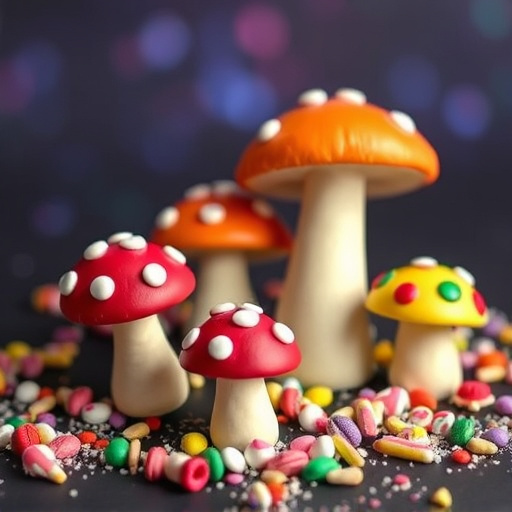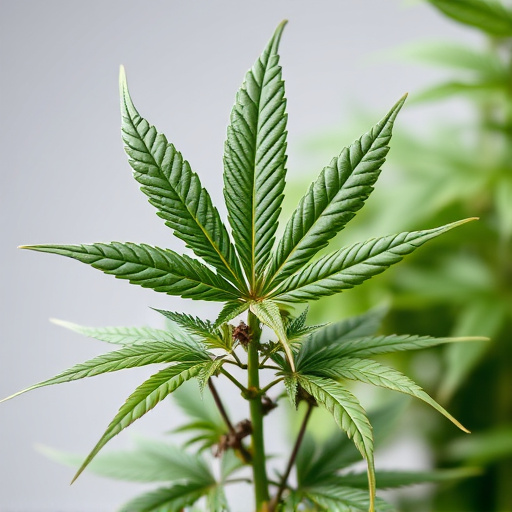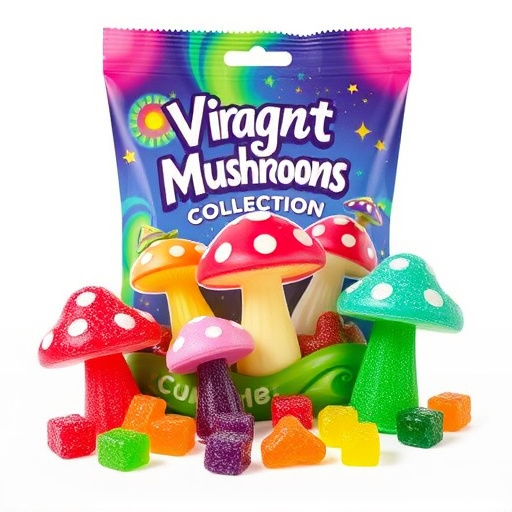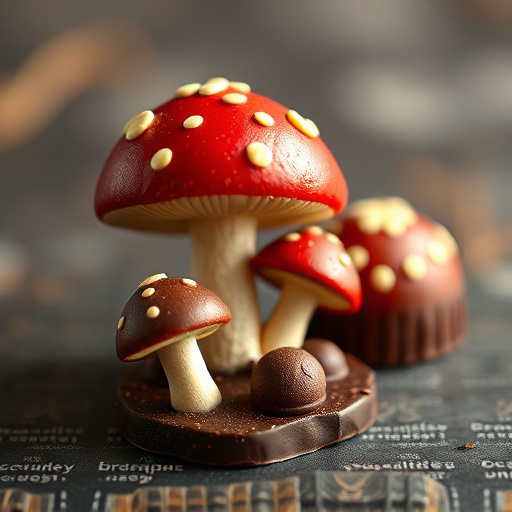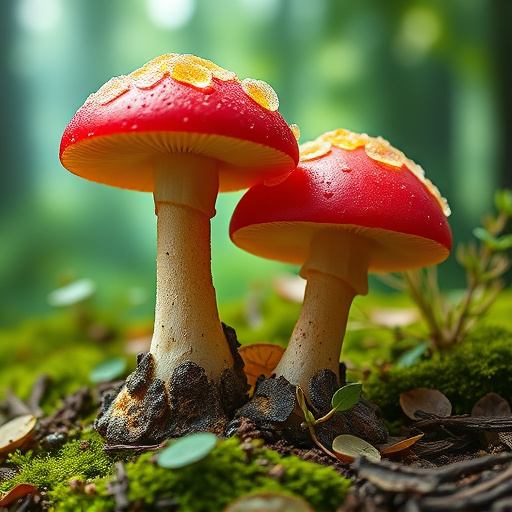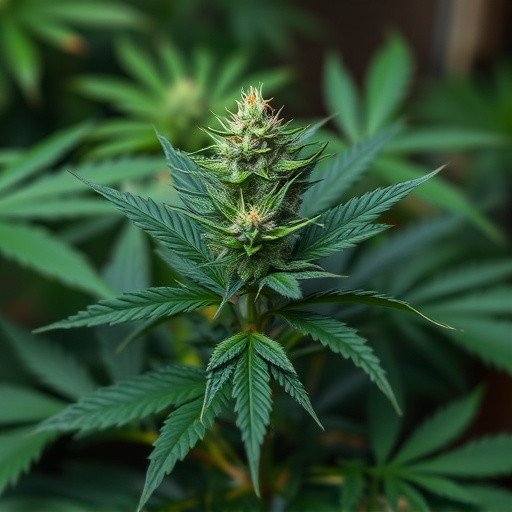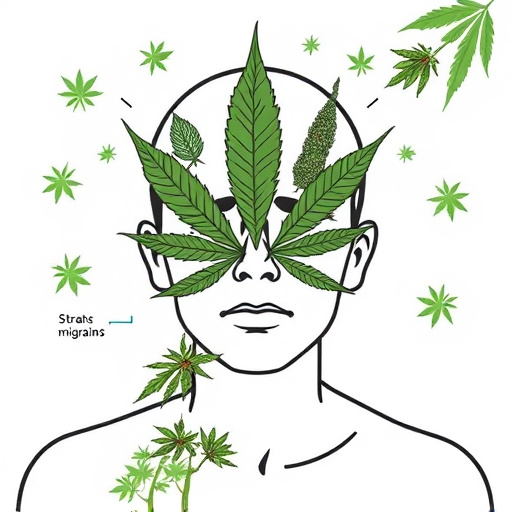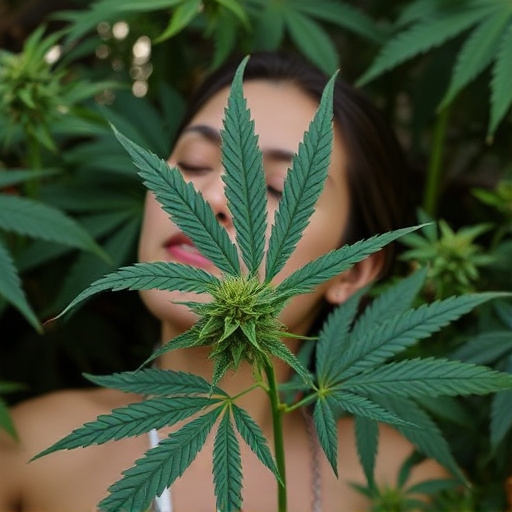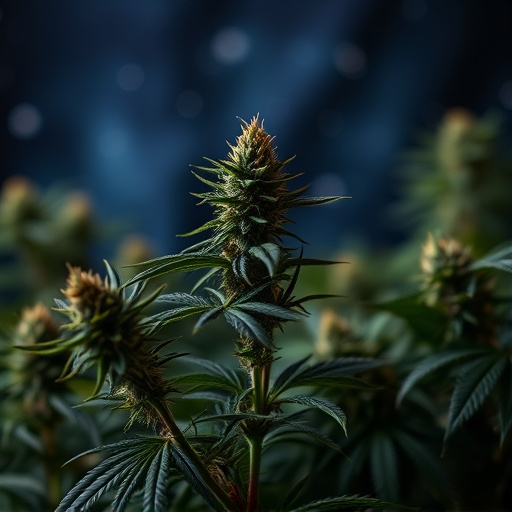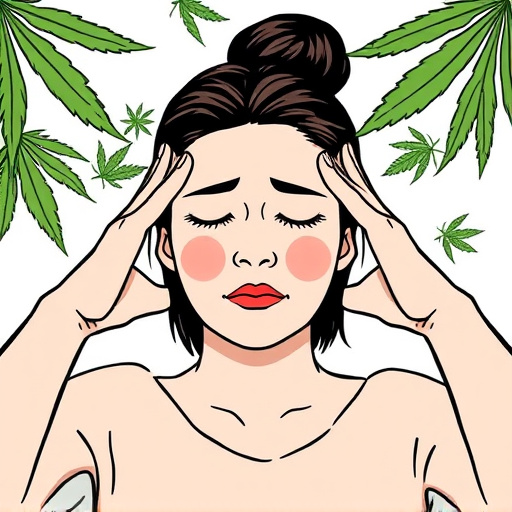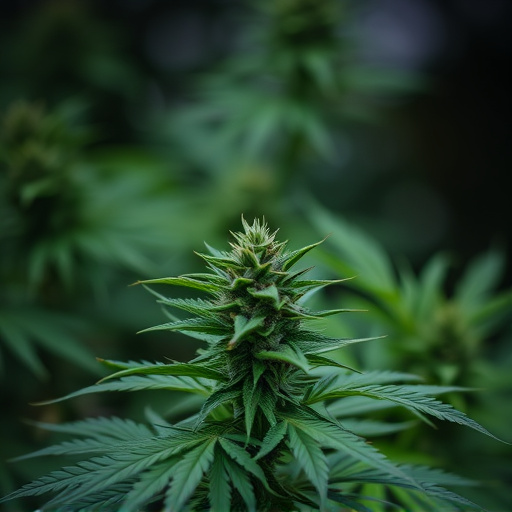Cannabis strains rich in CBD show promise in treating migraines by interacting with the body's endocannabinoid system to reduce inflammation and block pain signals. Specific terpenes in certain strains further enhance this effect. The curing process is crucial for optimizing potency, improving taste, and increasing bioavailability of cannabinoids, ensuring effective pain relief for individuals managing migraines with cannabis. Cured cannabis strains may provide superior relief compared to raw or decarboxylated forms due to their balanced cannabinoid profile, offering targeted inflammation reduction and analgesic effects.
Does curing cannabis flower enhance its potency and boost its therapeutic potential, especially for conditions like migraines? This article delves into the science behind cannabis compounds and their effects on migraine relief. We explore the role of curing in amplifying the plant’s power, examining how this process can create more potent cannabis strains for migraines. By understanding these factors, consumers can make informed decisions about their treatment options.
- Understanding Cannabis Compounds and Their Effects on Migraines
- The Role of Curing in Enhancing Cannabis Potency
- Exploring the Potential Benefits of Cured Cannabis for Migraine Relief
Understanding Cannabis Compounds and Their Effects on Migraines
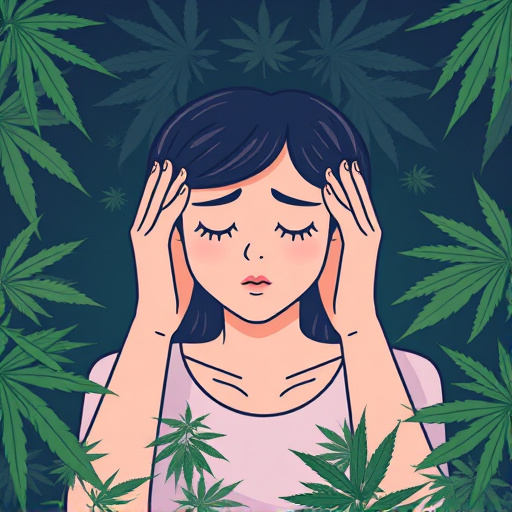
Cannabis contains a diverse range of chemical compounds, with tetrahydrocannabinol (THC) and cannabidiol (CBD) being the most well-known. While THC is responsible for the plant’s psychoactive effects, CBD has gained significant attention for its potential therapeutic benefits, including its ability to alleviate migraine headaches.
Cannabis strains known for their high CBD content have shown promise in treating migraines. Studies suggest that CBD interacts with the endocannabinoid system in our bodies, which plays a role in regulating pain perception. By binding to specific receptors, CBD can help reduce inflammation and block pain signals associated with migraines. Moreover, certain cannabis strains may offer additional relief through their terpene profiles, which are aromatic compounds that further enhance the therapeutic effects of cannabinoids. Terpenes like myrcene and linalool are known for their calming and anti-inflammatory properties, making them potential allies in managing migraine symptoms.
The Role of Curing in Enhancing Cannabis Potency

Curing, or the process of allowing harvested cannabis flowers to dry and mature over time, plays a pivotal role in enhancing the potency of cannabis strains, including those sought after for treating migraines. During curing, a series of chemical reactions occur that can significantly increase the levels of cannabinoids like THC (tetrahydrocannabinol) and CBD (cannabidiol), which are responsible for the plant’s therapeutic effects. This natural process is akin to aging fine wine or cheese, where patience reveals enhanced flavors and potency.
When cannabis flowers are cured properly, it allows for a more gradual breakdown of chlorophyll, resulting in a smoother, less bitter taste. Moreover, curing helps stabilize cannabinoids, making them more bioavailable when consumed. For cannabis strains used to alleviate migraines, this means that the plant’s potent pain-relieving compounds can be more effectively absorbed by the body, potentially offering greater relief and improved overall efficacy.
Exploring the Potential Benefits of Cured Cannabis for Migraine Relief
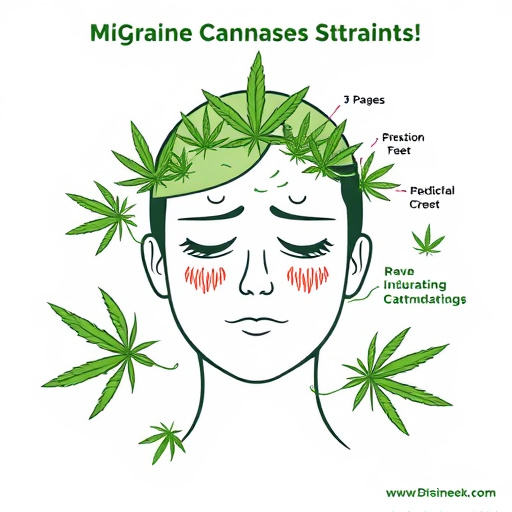
Cannabis has gained attention as a potential treatment for various conditions, including chronic pain and migraine headaches. While the use of raw or uncured cannabis can provide some relief, many advocates suggest that curing the plant material enhances its therapeutic effects, especially for specific ailments like migraines.
The curing process involves carefully drying and storing cannabis flowers to optimize their chemical composition. This method allows for a more balanced profile of cannabinoids, such as THC and CBD, which are known to interact with the body’s endocannabinoid system. Studies indicate that cured cannabis strains may offer better relief from migraine pain compared to fresh or decarboxylated forms. The curing process can increase the bioavailability of these cannabinoids, ensuring they effectively bind to receptors in the brain and nervous system, potentially reducing inflammation and providing analgesic (pain-relieving) effects.
Curing, or the controlled aging process, plays a significant role in enhancing the potency and potential therapeutic benefits of cannabis flowers. By allowing specific compounds, such as cannabinoids, to interact and concentrate over time, cured cannabis may offer improved relief for migraine sufferers when compared to raw or freshly harvested strains. This process not only optimizes the plant’s chemical composition but also ensures a more consistent and effective treatment option for those seeking natural remedies for migraines. When considering cannabis strains for migraines, understanding the art of curing can lead to better outcomes and a more satisfying experience.
